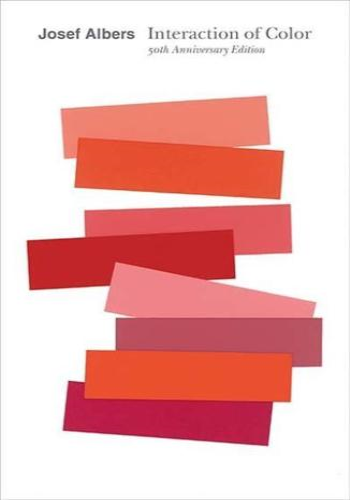The 50th anniversary edition of a classic text, featuring an expanded selection of color studies
"The landmark 1963 book by Josef Albers . . . isn't just for aspiring artists. Its mesmerizing illustrations are a revelation for anyone interested in color theory and human perception."-Pilar Viladas, New York Times
"A visionary work."-Malcolm Jones, Newsweek
Josef Albers's classic Interaction of Color is a masterwork in art education. Conceived as a handbook and teaching aid for artists, instructors, and students, this influential book presents Albers's singular explanation of complex color theory principles.
Originally published by Yale University Press in 1963 as a limited silkscreen edition with 150 color plates, Interaction of Color first appeared in paperback in 1971, featuring ten color studies chosen by Albers, and has remained in print ever since. With over a quarter of a million copies sold in its various editions since 1963, Interaction of Color remains an essential resource on color, as pioneering today as when Albers created it.
Fifty years after Interaction's initial publication, this anniversary edition presents a significantly expanded selection of close to sixty color studies alongside Albers's original text, demonstrating such principles as color relativity, intensity, and temperature; vibrating and vanishing boundaries; and the illusion of transparency and reversed grounds. A celebration of the longevity and unique authority of Albers's contribution, this landmark edition will find new audiences in studios and classrooms around the world.







